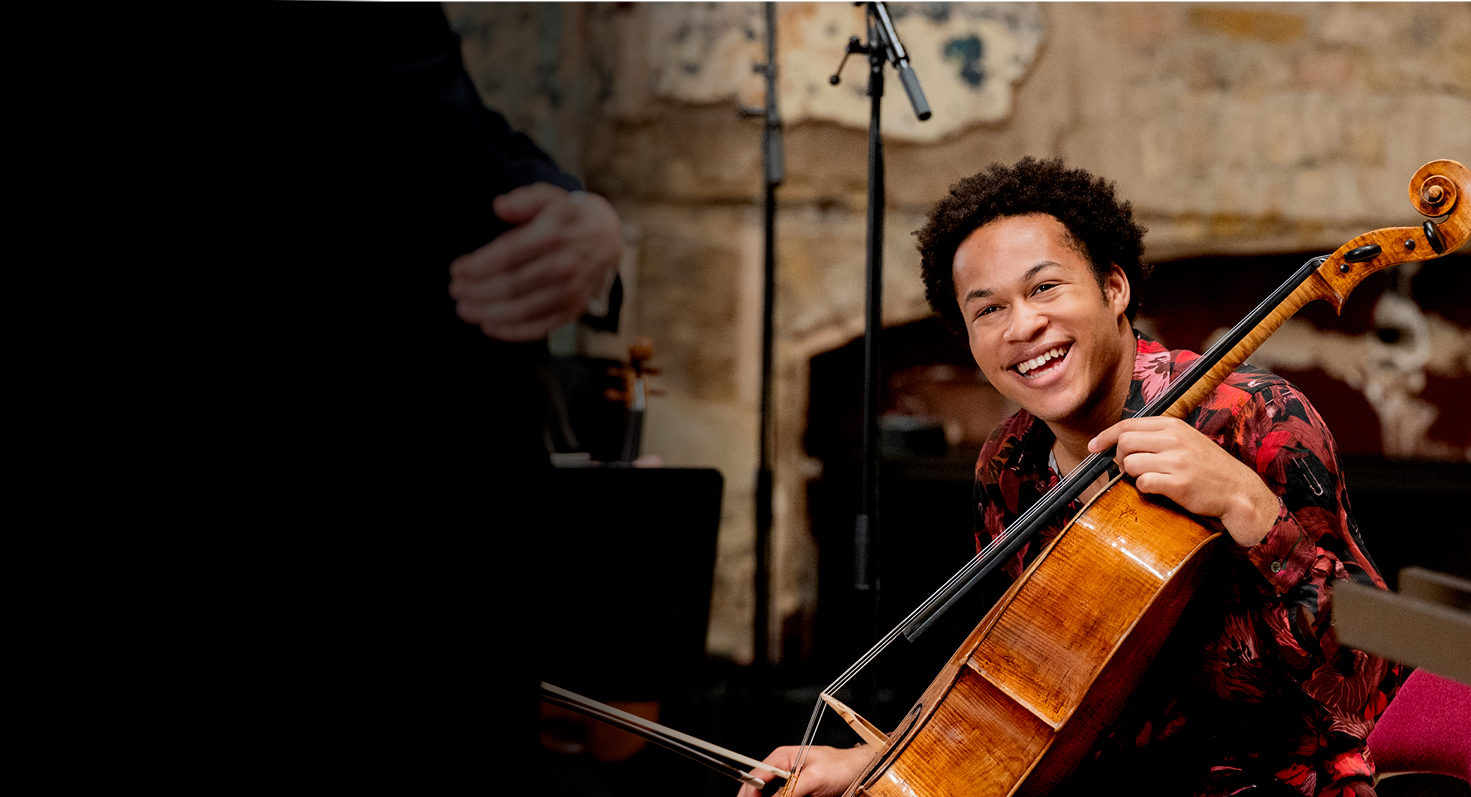5 questions with Pekka Kuusisto

Ahead of his first Philharmonia concert as conductor, we spoke with Pekka Kuusisto about his approach to Beethoven, conducting in a pandemic and much more.
Read full programme notes here.
“Not having the audience in the room should not stop us from transmitting how much we appreciate their existence.”
You’ve performed with the Philharmonia many times as a violin soloist, but this is the first time you’re joining us as conductor. How does that feel?
It’s a very luxurious gift from the universe. Thanks to the pandemic, living in the symphonic world feels rather like being a ball in a multistory system of roulette tables equipped with trap doors and ejector seats.
To find oneself conducting the Philharmonia in this situation is like accidentally firing a shotgun into the heavens and ending up having goose for dinner.

You have said about conducting: “… the presence of a conductor can stop the inner life of an orchestra … I think the essential thing is that a conductor doesn’t kill off … all the connections happening within the ensemble.” How do you avoid this?
I think it’s basically about unfailing respect and the fluent taking and giving of responsibility. If you are directing a team of extremely gifted people, you have to be very sensitive in order for everyone to be their best. People who share joy tend to do well.
Also, the conductor needs to remember the fact that the team could very well do it without you, but you could absolutely not do it without them.
Positions of power are fascinating and not entirely unlike poison.
“To find oneself conducting the Philharmonia in this situation is like accidentally firing a shotgun into the heavens and ending up having goose for dinner.”
What’s it like conducting for cameras and an online audience rather than live?
I try to have an idea of what the director of the film as well as the sound engineer are looking for and take those things into account. The proportions change, and it becomes trickier to judge the balance of various details as you are not quite sure how audible or visible they will be or what gravity they will gain.
Not having the audience in the room should not stop us from transmitting how much we appreciate their existence.
Tell us about Beethoven’s Second Symphony.
In my opinion, the Second is the kind of symphony that grew up in elegantly decorated rooms, learning about all the art on the walls, reading all the books, and yet chooses a pint over champagne. The second movement has the character of a prayer by a person with a very humorous and uncomplicated relationship with his Creator, who chooses to sin a bit just so God will have something to forgive.
The brilliant, hilarious Scherzo and last movement are the first Beethoven symphony movements I remember hearing as a child, and that experience has subsequently helped me approach his music with love and admiration but not a crippling amount of reverence.
“The second movement has the character of a prayer by a person … who chooses to sin a bit just so God will have something to forgive.”
As a violinist, what it is like not playing the solo part in Beethoven’s Violin Concerto? How much influence do you have over the soloist’s interpretation?
There’s nothing strange about not playing the solo part in the Beethoven Concerto.
I’m an admirer of Nicky Benedetti, she is an illuminating person to be around, so the chance to work with her on Beethoven is basically where the rainbow ends.
In my experience, a collaboration between a conductor and a soloist is not really about influencing an interpretation, it’s about finding a resonance between musical thoughts and having an adventure possible only in that moment.
Read the full programme notes here.
Upcoming online concerts
Support the Philharmonia
Donate today to Keep the Philharmonia Playing for our audiences around the world

